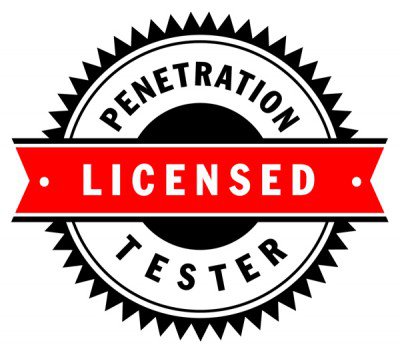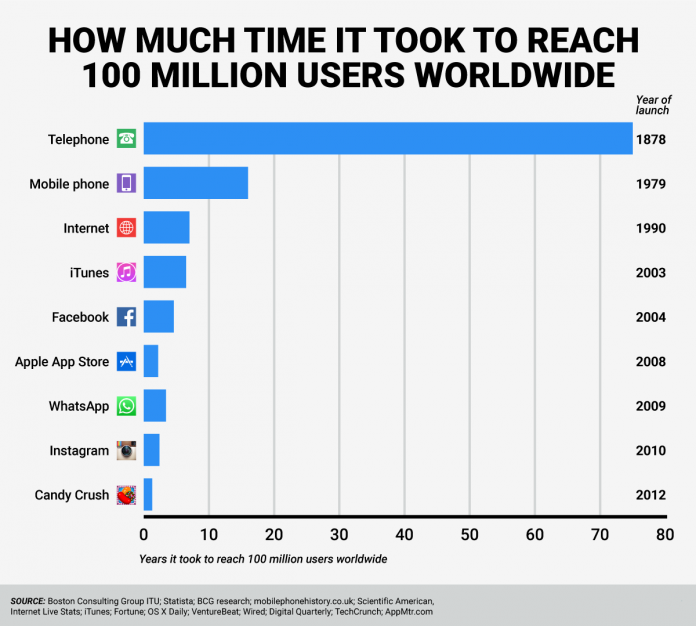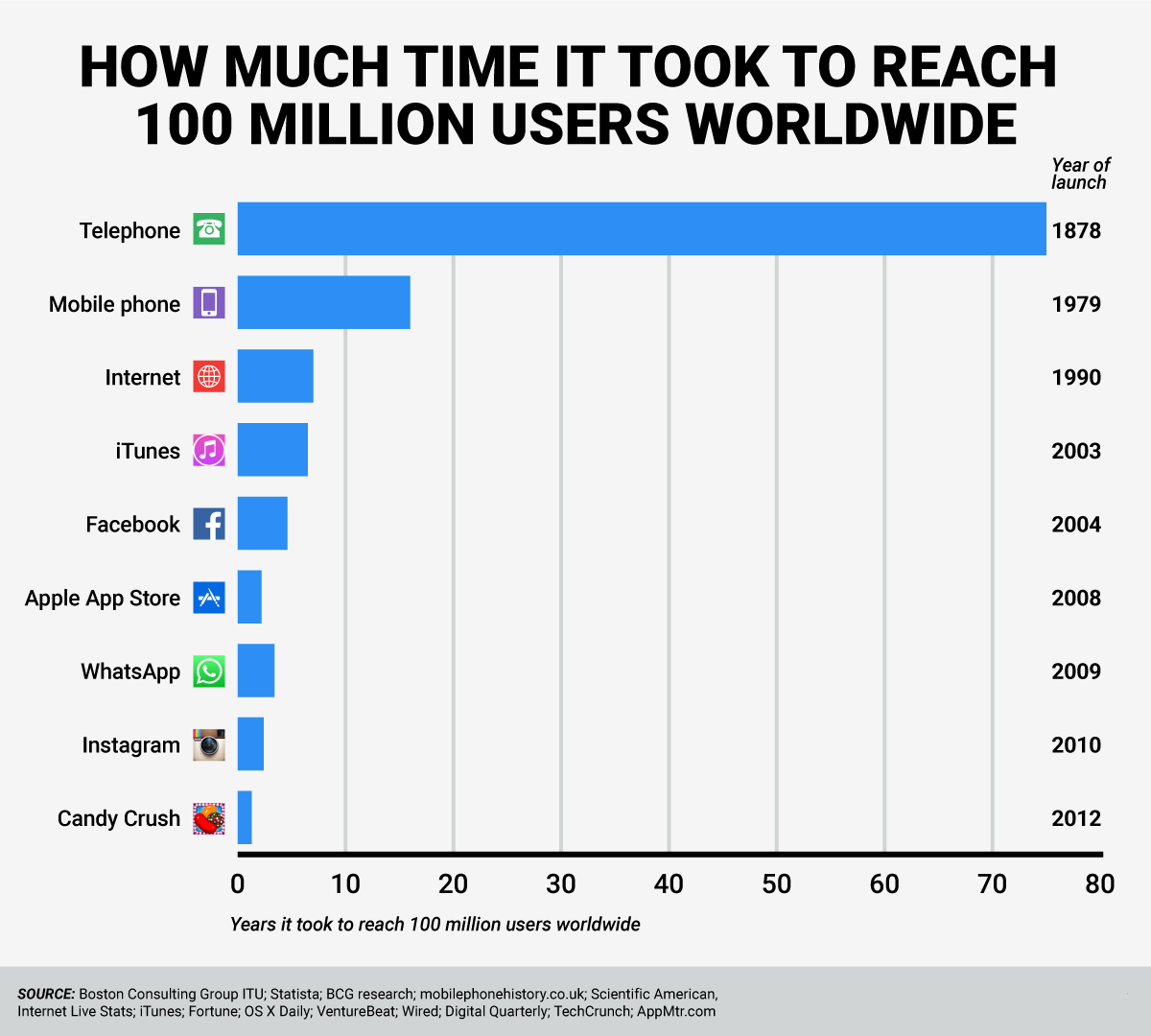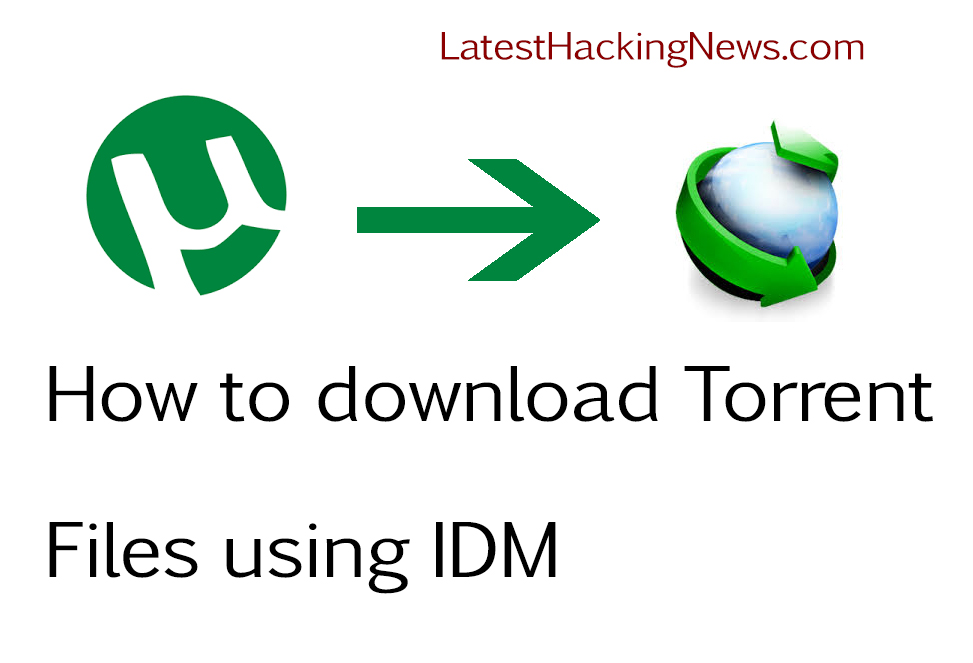Top 10 Best Ways to Improve Your Wi-Fi Router’s Performance
 Short Bytes: Today we are bringing you some of the best ways to improve your Wi-Fi router’s performance. This top 10 list includes various factors like Wi-Fi router position, signal interference, correct channel, firmware update and more.
Short Bytes: Today we are bringing you some of the best ways to improve your Wi-Fi router’s performance. This top 10 list includes various factors like Wi-Fi router position, signal interference, correct channel, firmware update and more.
o you find your premium internet service a little too slow? Don’t worry, with the below-mentioned steps, you can maximize your W-Fi router’s internet speed within no time:
1. Check your router’s firmware and update it:
First ensure that your router is up to date, all you need to do is call your service provider and check for the faults in the equipment. If the router is obsolete, you can readily buy one from the market. Spending a few extra bucks, you can rent a router by your service provider.
2. Put router in a proper position and proper place:
If you have a large home, try placing the Wi-Fi router in the center of your home, and it will ensure that all the devices access the fastest internet. Read more here: The Best Place to Put Your Wi-Fi Router – Explained by Physics
3. Password protect your internet:
We all know about internet privacy concerns. A password protected Wi-Fi will not only ensure a faster internet for your family, but also will not let the passersby mooch off your internet.
4. Choose the correct Wi-Fi channel:
Most of the Wi-Fi home networks use a narrow radio frequency range of around 2.4GHz for signal transmission. This range has been distributed further into a number of smaller bands or channels, similar to television channels. To improve the Wi-Fi speed by choosing the correct channel, you can visit this link:How To Increase Wi-Fi Speed by Choosing Correct Wi-Fi Channel
5. Disconnect old devices from Wi-Fi:
Bought a new MacBook, and your internet is troubling you? Try disconnecting the old devices from the Wi-Fi. Very few people know this, but the older devices consume an extra amount of internet than the newer ones. While using many devices at a single time, disconnect the old devices from the Wi-Fi , and bingo, your newer devices will work up to their full capacity.
6. Check the internet speed using a ping test:
A ping test is somewhat different from the usual speed tests and it tells you the quality of your internet connection. Just head to PingTest.net to get the results. Lower the numbers, better the connection.
7. Restart the router:
The IP connection between your router and Internet can get hung up sometimes. So, a simple restart of router reboots router’s systems like wireless radios and network processor to improve the Wi-Fi router performance.
8. Try using multiple routers:
Having trouble accessing the internet in your basement? Get a separate router (or one with better range) and it will ensure that you get signals wherever you want to use internet in your home. You can also try using additional Wireless Access Point (WAP) or repeater. Read about world’s fastest router here: Linksys Launches Fastest WiFi Router Ever With MU-MIMO Technology
9. Check for signal interference from nearby wireless devices:
Your Wi-Fi router could face interference from the wireless devices like cordless phones, microwaves, baby monitors etc. These common gadgets use the 2.4GHz frequency that conflicts with your internet. Make sure that your router isn’t in the proximity of any such device to fix your internet speed.
10. Replace your antenna or wireless adapter:
It’s possible that your router came with an omnidirectional antenna. This is best if your router is placed in the center and it has to broadcast the signal equally within a certain circular radius. If you want to put your router in a corner or near a wall, try replacing it with a high gain antenna.
Next time, don’t let a slow internet get on your nerves and use these methods for a guaranteed performance.
Check out our homegrown product viralnews.fossbytes.com for hottest tech news on the web. For more updates, subscribe to our newsletter.







